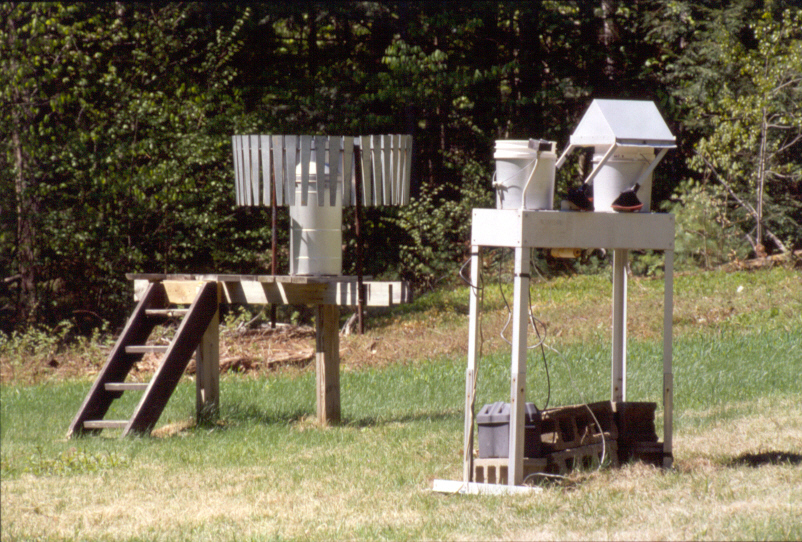
For more than half a century, scientists have converged on Hubbard Brook Experimental Forest in New Hampshire’s White Mountains to explore how forest ecosystems work. The site was established by the U.S. Forest Service to study the relationship between forests and New England’s water supply. In the 1960s, inquiry was expanded to include ecology, biogeochemistry, and studies of birds and other animals.
Hubbard Brook is where acid rain was first discovered in North America, and home to pioneering studies that have advanced our understanding of how atmospheric pollutants impact forests and adjacent freshwaters.
A distinguishing feature of Hubbard Brook research has been experimental manipulations of whole watersheds, which have revealed how environmental stresses ripple through the forest ecosystem, influencing everything from soil fertility and the growth of trees to the survival of animals and the quality of water delivered downstream.
Hubbard Brook has inspired collaborations among federal agencies and academic scientists, resulting in more than 1,500 publications on everything from ice storms and air pollution to the impact of clear-cutting. Today, 50 investigators from more than 20 institutions work at the site, making it one of the longest running and most comprehensive ecosystem investigations in the world.
Ecologist Gene Likens, founder of the Cary Institute, has been a guiding member of the Hubbard Brook research community.
“Even though it’s only one place, the long term records give us insights that we couldn’t obtain any other way. And so this place-based site becomes then extremely valuable as a beacon for what is happening environmentally across the region.”
**********
Web Extra
Full interview with Gene Likens, founder of the Cary Institute and a guiding member of the Hubbard Brook research community.
Web Links
Hubbard Brook – The Story of a Forest Ecosystem
Photo courtesy of Hubbard Brook.
‘Lessons from the Forest’ from Earth Wise is a production of WAMC Northeast Public Radio, with script contribution from the Cary Institute of Ecosystem Studies.